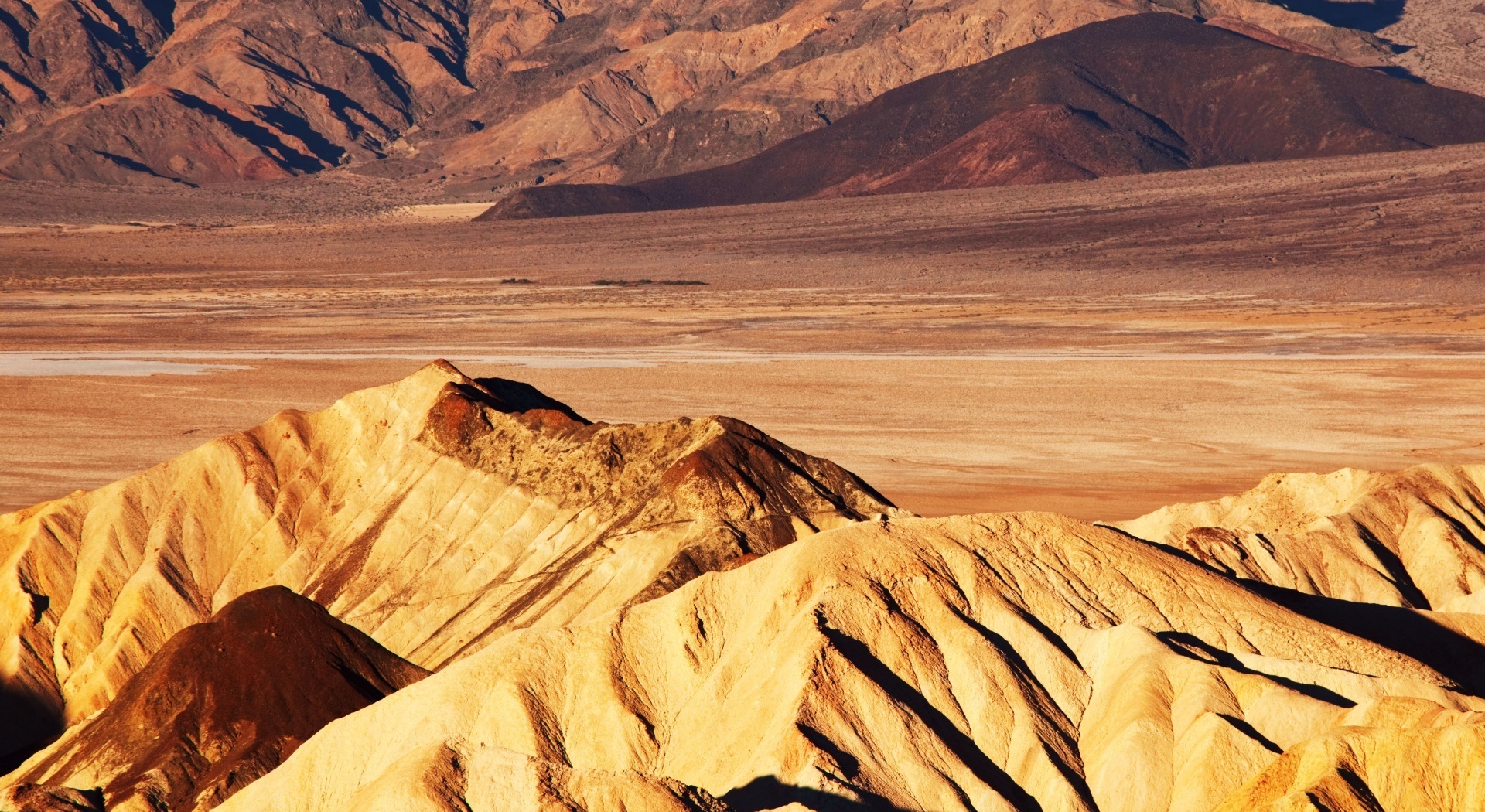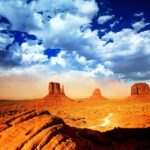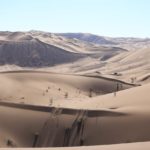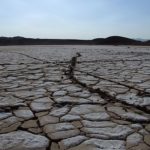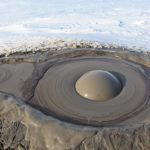“The desert will never release anyone once caught up in its magic,” says Dr. Alfons Gabriel, a desertologist. As Iranian greats like Dr. Ali Shariati have written a lot about the desert.
The Great Plateau of Iran, comprising mountains and highlands, covers about half of the country, and the inland deserts account for about one-fifth of Iran’s total area. Thus, it begins at a distance not far from the southeast of central Tehran.
In the Central Desert, there are various animals such as goats, wild sheep, jabir, sand cats, cheetahs and a variety of plant species. The most convenient route to the area is through the Varamin Asphalt Road, one kilometer to the Aberdeen Railway Station. Precipitation in the central desert begins in November and continues through May with an average annual rainfall of 150 mm. The National Park and Protected Area in the west of the central desert and east of the salt lake of Qom is located in Semnan, Tehran, Qom and Isfahan provinces. It was introduced as a national park, which later expanded to 670,000 hectares. Also the springs of Ein al-Rashid, Mahabad water, Shakarab, Nakhjir, Shahi and Siah springs are among the most famous springs of Desert National Park which are all under the supervision of Semnan Province General Directorate of Environment.
Lout Desert is also located in southeastern Iran and covers the southern Khorasan, Sistan and Baluchestan and Kerman provinces. The desert covers an area of about 80,000 square kilometers and is poor in vegetation and much of it without vegetation, which is not found anywhere else in Iran. Its no-life zone is about 200 kilometers long and 150 kilometers wide, the only point of no life on Earth. The air temperature in the Lut Desert sometimes exceeds 65 degrees Celsius. Thus, if the Arctic and the Arctic are known to be the coldest point on Earth, the Lut Desert will be the warmest. At the foot of the mountains overlooking the Great Desert of Lut, there are traces of human habitation that lived 6,000 years ago.
South of Alborz range between Khorasan, Sistan and Baluchestan, Qom, Isfahan and Yazd desert salt provinces with a length of 600 kilometers from east to west and a width of 100 to 300 kilometers from north to south. Sand and pebbles cover, often subject to angry winds. Huge storms move salt-mixed sand and sometimes form long hills. These sand dunes are known as sand dunes. Precipitation in the Salt Desert is about 100 mm and the difference in temperature is high between zero and 70 ° C.
It is interesting to know that Iran is the only country where the mountain belt and the desert belt of the world come together.

